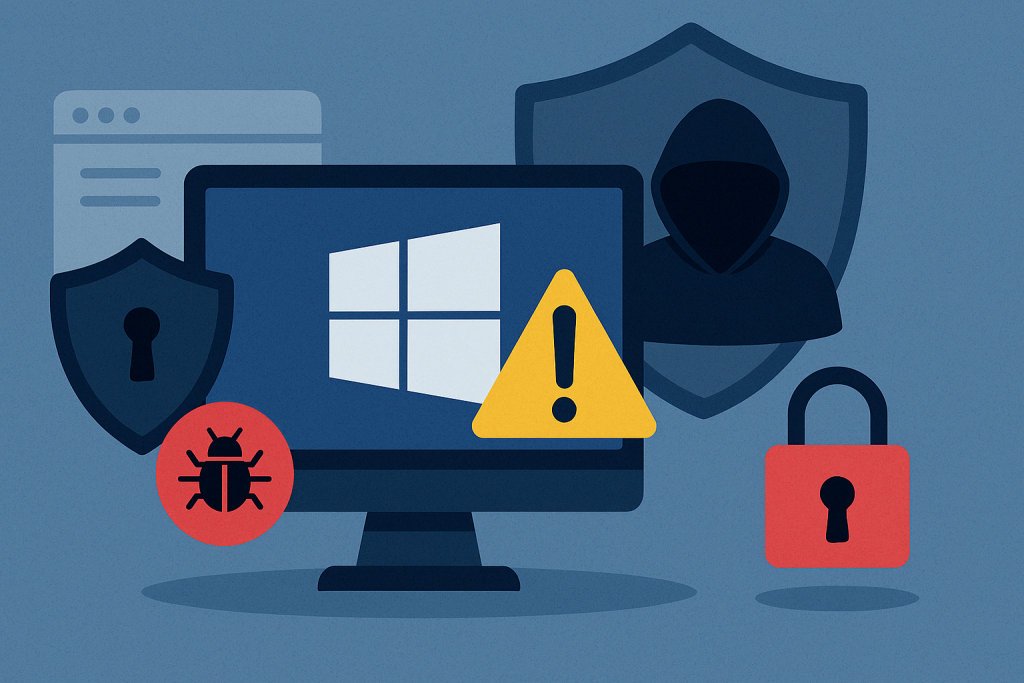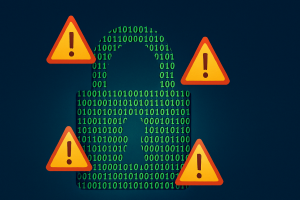Microsoft has officially announced that after October 14, 2025, Windows 10 will no longer receive security updates, bug fixes, or technical assistance. This change marks the official Windows 10 support end and could significantly affect how your business applications perform and stay protected. that after October 14, 2025, Windows 10 will no longer receive security updates, bug fixes, or technical assistance. While this date might seem far off, it has immediate implications for businesses that rely on Windows 10 to run their critical applications.
Understanding what the Windows 10 support end means for your business is crucial. Without timely preparation, you could face serious security gaps, compatibility issues, and a lack of reliable technical support.
Security Risks from the Windows 10 Support End

When security updates end for Windows 10, any newly discovered vulnerabilities will remain unpatched. This creates a significant risk for organizations that continue using the operating system:
- Exposure to Cyber Threats: Outdated systems are prime targets for ransomware, malware, and data breaches.
- Regulatory Non-Compliance: In heavily regulated industries (e.g., finance, healthcare, or government contracting), running unsupported software can result in fines and reputational damage.
Scenario Example: A small construction firm found its project-management software hacked due to an unpatched Windows 10 vulnerability, causing costly project delays and loss of client trust.
Compatibility Challenges
As Windows 10 loses support, most software vendors will eventually stop optimizing their applications for this OS. Over time, businesses may encounter:
- Software Incompatibilities: Essential tools might fail or underperform as they evolve to work with newer operating systems.
- Limited Functionality: Features in updated applications may not work correctly on outdated platforms.
- Performance Degradation: Systems can slow to a crawl, negatively impacting productivity.
The Problem with Limited Technical Support
After the support cutoff, Microsoft will no longer provide official fixes or patches. This means:
- Minimal Troubleshooting Help: If an application error or OS bug occurs, you could be left without a direct solution.
- Increased Downtime: With no clear path to fix critical issues, service interruptions can last longer, affecting operations and revenue.
Migration Options Before the Windows 10 Support End
- Upgrade to Windows 11: The most straightforward approach. Windows 11 comes with enhanced security features, ongoing support, and regular updates. Before upgrading, evaluate hardware compatibility and application requirements.
- Extended Security Updates (ESU): For organizations unable to migrate immediately, Microsoft sometimes offers paid ESUs for a limited period. Keep in mind that these updates are temporary and more expensive in the long run.
- Plan an Effective Migration:
- Inventory Your Current Apps: Identify applications running on Windows 10 and check their Windows 11 compatibility.
- Test in a Pilot Environment: Avoid downtime by testing critical business processes on a small scale before full deployment.
- Train Employees: Ensure your team is prepared for any new interfaces or processes.
- Set a Timeline: Schedule migrations in manageable phases to minimize disruptions.
Final Thoughts on the Windows 10 Support End

The Windows 10 support end is a critical turning point for businesses dependent on the operating system. Proactive planning now will help you protect your applications, maintain productivity, and minimize security risks.
If you haven’t already, it’s time to review your IT infrastructure and plan your next steps. Whether you opt for an upgrade to Windows 11 or choose an interim solution like ESU, acting now can save you from bigger headaches down the road.
Remember: A proactive approach is always safer and more cost-effective than waiting for issues to arise. Take the initiative to keep your applications secure and running smoothly beyond October 2025.






